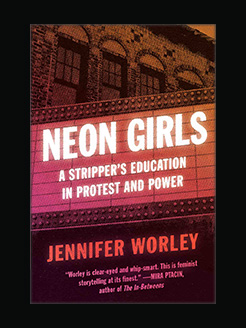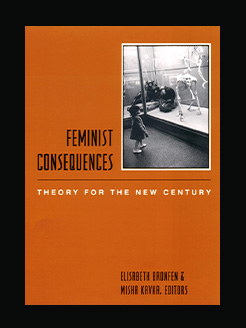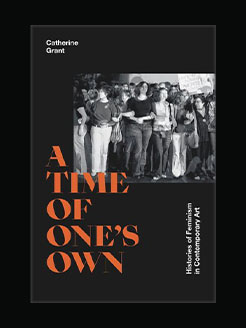Published in 2015 (first published 1931)
608 pages
Estelle Sylvia Pankhurst (5 May 1882 – 27 September 1960) was an English campaigner for the suffragette movement, a prominent left communist and, later, an activist in the cause of anti-fascism. She spent much of her later life agitating on behalf of Ethiopia, where she eventually moved. Sylvia Pankhurst (she later dropped her first forename) was born in Manchester, a daughter of Dr Richard Pankhurst and Emmeline Pankhurst, who both later became founding members of the Independent Labour Party and were much concerned with women’s rights. Sylvia and her sisters, Christabel and Adela, attended Manchester High School for Girls, and all three became suffragists. Sylvia trained as an artist at the Manchester School of Art, and, in 1900, won a scholarship to the Royal College of Art in South Kensington, London.
What is this book about?
By 1903, more than fifty years of peaceful campaigning had brought British women no closer to attaining the right to vote. In that year activist Emmeline Pankhurst founded the Women’s Social and Political Union, a militant organization dedicated to achieving women’s suffrage. The union’s motto, “Deeds not words,” reflected its radical approach, consisting of stone-throwing, window-breaking, arson, and physical confrontation with authorities.
The Suffragette, written by Emmeline Pankhurst’s daughter, Sylvia, offers an insider’s perspective on the union’s growth and development as well as the motives and ideals that inspired its leaders and followers. She chronicles the protesters’ tactics as well as the consequences of their actions: arrests, imprisonment, hunger strikes, and the mental and physical ordeals of forced feeding. Vintage photographs illustrate the demonstrations, courtroom trials, and other dramatic incidents from the history of the women’s militant suffrage movement.







